SAAP is made out of the following member societies and their members
Afghanistan |
Bangladesh |
Bhutan |
India |
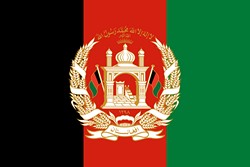 |
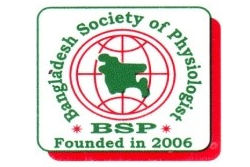 |
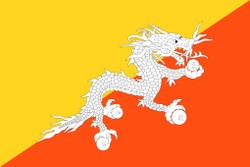 |
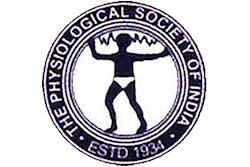 |
| No Physiological Society Contact person: |
Bangladesh Society of Physiologists Contact: Dr. Rokeya Begum (President) Dr. Nilufar Rahman (Secretary General) |
No Physiological Society Contact person: Dr. Karma Tenzin |
The Physiological Society of India Contact: Prof. Amar K. Chandra (President) Prof. Somnath Gangopadhyay (Hony. General Secretary) |
Nepal |
Pakistan |
Sri Lanka |
|
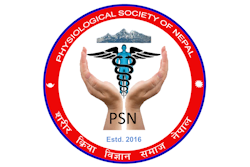 |
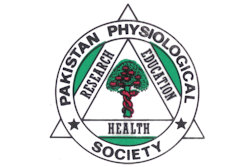 |
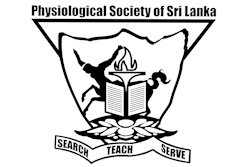 |
|
| Physiological Society of Nepal Contact: Dr Rita Khadka (President) Dr Mrigendra Amatya (General Secretary) |
Pakistan Physiological Society Contact: Prof. Muhammad Ayub (President) Prof. Ghulam Mustafa (General Secretary) |
Physiological Society of Sri Lanka Contact: Prof. Sampath Gunawardana (President) Dr. Kushani Atukorala (Secretary) |
SAAP Membership
How to Join?
By virtue of a national society being member of SAAP all members of these societies are members of SAAP. However, in case a Physiological society is non- existence in a SAARC country and even if it exists any one is welcome to join SAAP as an 'Associate Member'. This is specially to facilitate those who are based outside SAARC region or even non-SAARC countries and contributing in physiology teaching or research and interested in interacting actively with the community of physiologists in South Asia. Terms and condition however apply. For more details, check the Article 4 Membership, Article 4A Eligibility below and SAAP By-laws
Any person of 18 years age and above who is qualified in Physiology or any other discipline related, possessing a sound mind and good moral character can become a member of the Association provided that the person agrees to abide by rules and regulations and by-laws governing it.
Article 4 Membership
4.1 The SAAP shall comprise of Physiology Societies or their equivalent bodies of south Asia existing at present who have given their signature and accord to the regulations and by-laws.
4.2 Physiology Societies in other countries of the region which may later be created may apply for membership of the SAAP. Such application/s should include a list of Members and regulations andby-laws of the Society and be forwarded to the Secretary General, SAAP. The Executive Council shall consider the application and may give approval for admission that will be subject to approval by the General Council. Usually not more than one Society from each country shall be admitted. However, an equivalent society with a sound membership of more than 200 members ideally with the understanding of the preceding society shall also be eligible to represent physiology community in that country. In such a case SAAP obligations including financial will have to be shared between the two societies and subscription by the two societies has to be paid separately. Every application shall imply agreement with the regulations and by-laws enforce.
4.3 Members of the various Physiology Societies which subscribe to the SAAP shall ipso factobe Members of the SAAP.
4.4 Physiologists and scientists interested in Physiology from countries where no Physiology Societies exist may apply for Membership of the SAAP as individual members. Admission shall be decided by the Executive Council and ratified by the General Council.
Article 4A Eligibility
Any person of 18 years age and above, who is qualifies in Physiology or any other discipline related, possessing a sound mind and good moral character can become a member of the Association provided the person agrees to abide by its constitution and rules and regulations and by-laws governing it.


